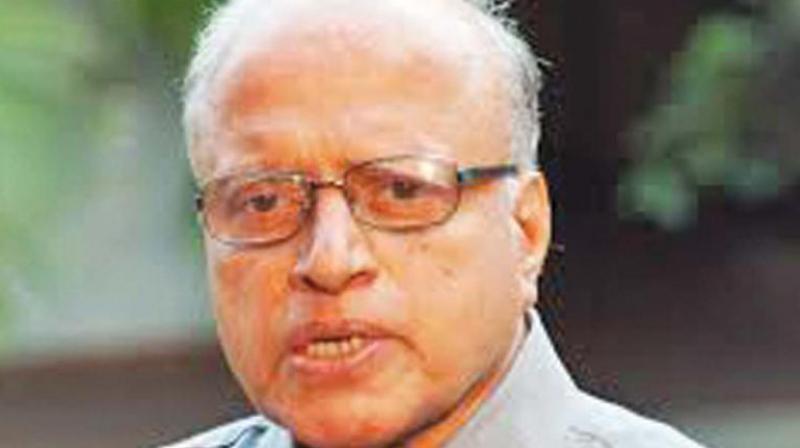Thrissur: Expert for data on women in work

Thrissur: There is an urgent need of proper data on work participation of women so that real issues hampering their involvement in development sector can be identified and appropriate measures to redress the shortcomings are put in place, noted economist and MS Swaminathan Research Foundation (MSSRF) chairperson Dr Madhura Swaminathan has said.
Dr Swaminathan was delivering the annual lecture organised by Centre for Gender Studies in Kerala Agricultural University in memory of former vice-chancellor and Planning Board member Dr K. N. Shyamasundaran Nair.
"The statistics show that the work participation of rural women, which is already low, is declining further. Official figures of worker-population ratio (WPR) of men alongside WPR of women in both rural and urban sectors of India shows proportion of male workers to total population as 51.7 and that of women workers as 17.5.
"The statistical data as per which the work participation of rural women is below 30 per cent is a gross misrepresentation of the real picture because of the shortcomings of methodologies adopted in compilation and the misconceptions of women's contribution as such. One such primary misconception is the gender biases in the conceptualisation of work in official statistics that fails to record the contribution of women as economic activity," Dr Swaminathan, daughtrer of Dr M.S. Swaminathan, said.
The official figures also show that the participation of women in work was 31.7 per cent in 1972 while the corresponding figure in 1978 is 17.5 per cent.
She pointed out that the increasing gender gap could not be attributed either to education or age. In fact, the time and energy spent for home care is not recognised as work in the traditional survey system while the Time Use Survey (TUS) framework gathers comprehensive information on all the work carried out in a day. The pilot TUS pertaining to 1988-89 shows the WPR of women as 58 per cent as against the 25 per cent projected by employment-unemployment survey.

